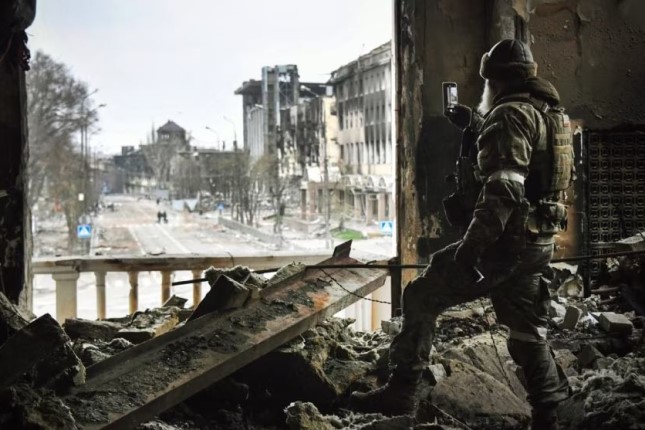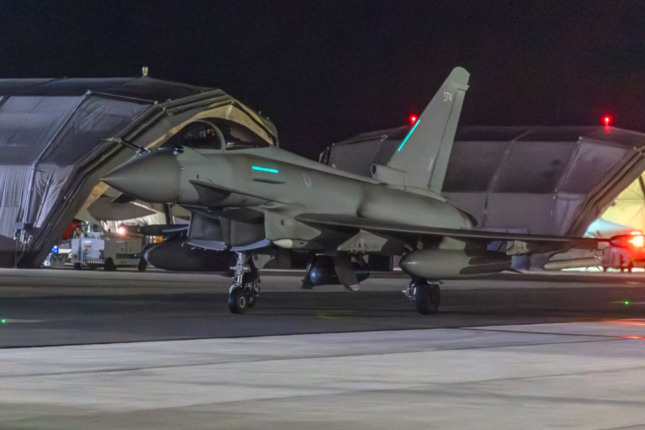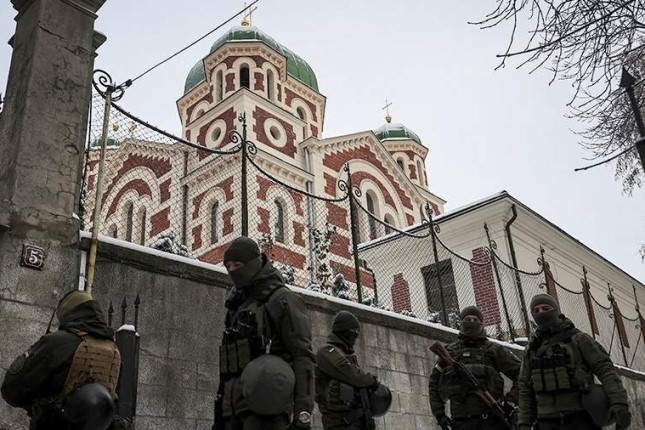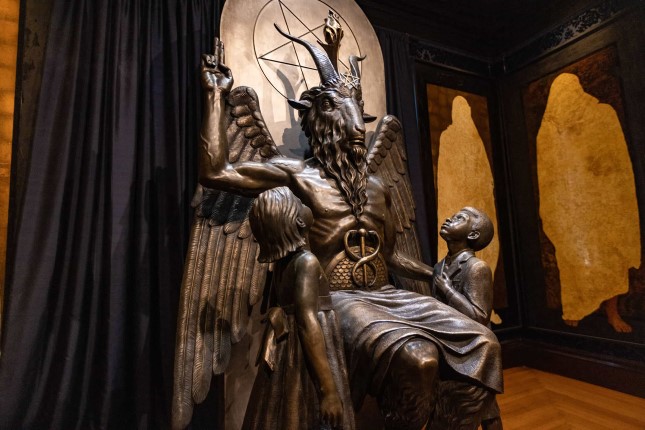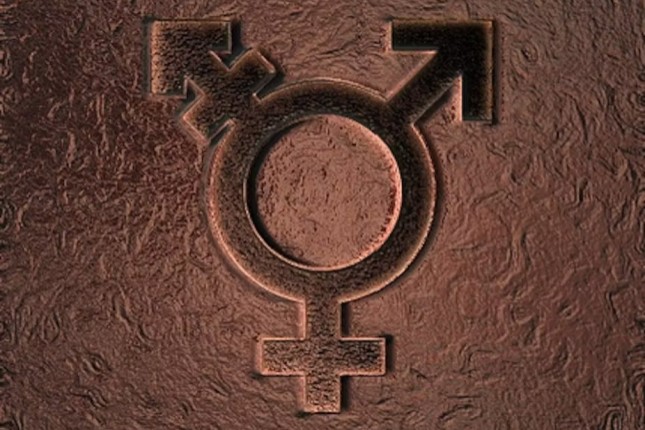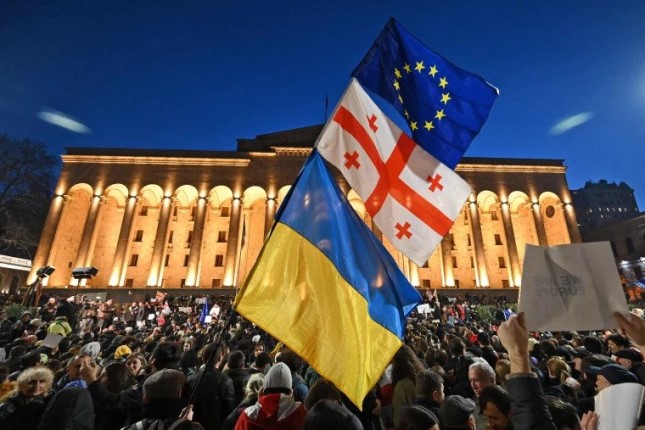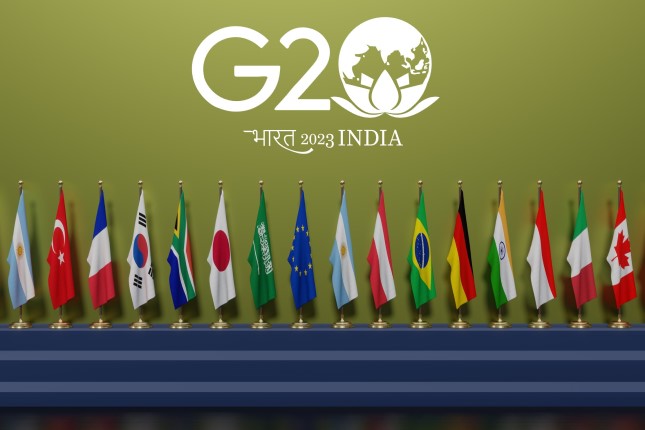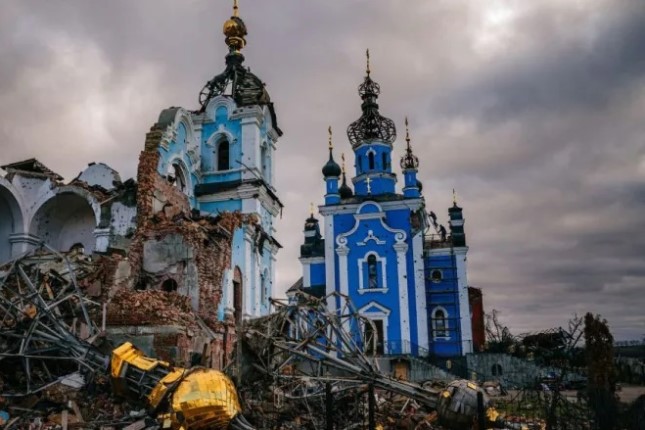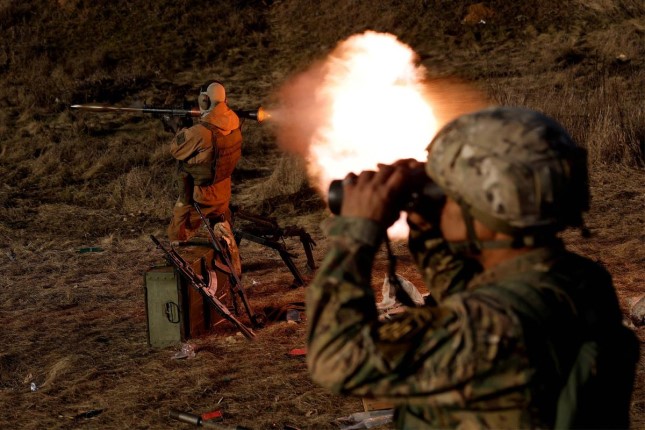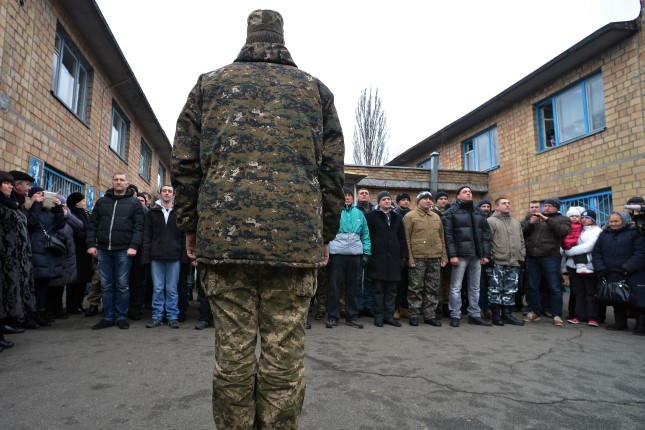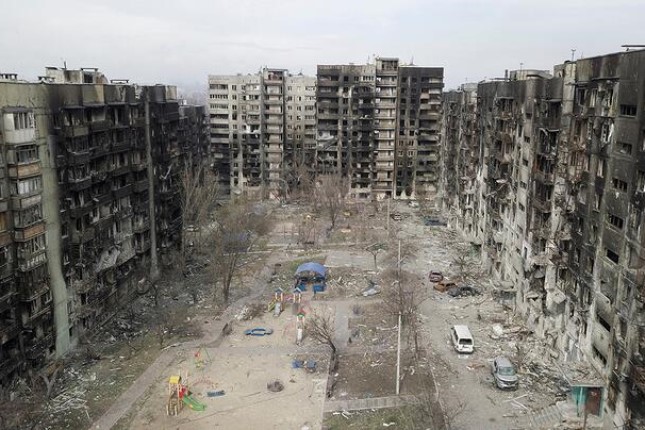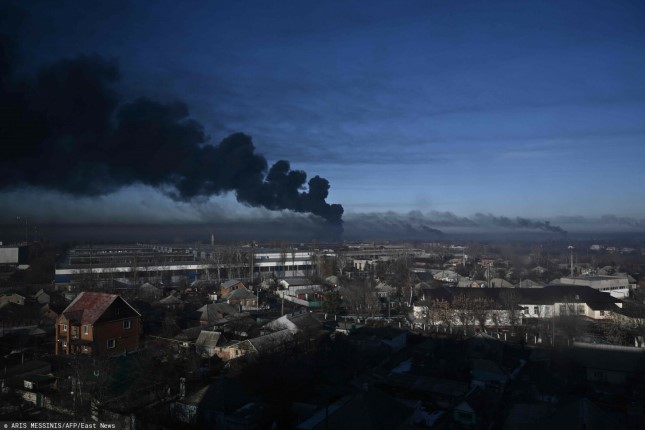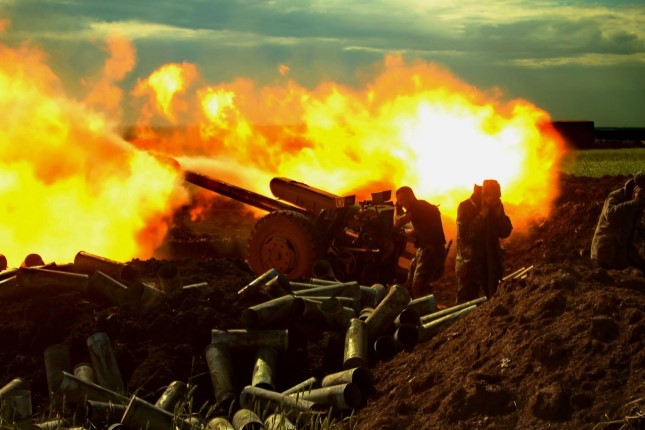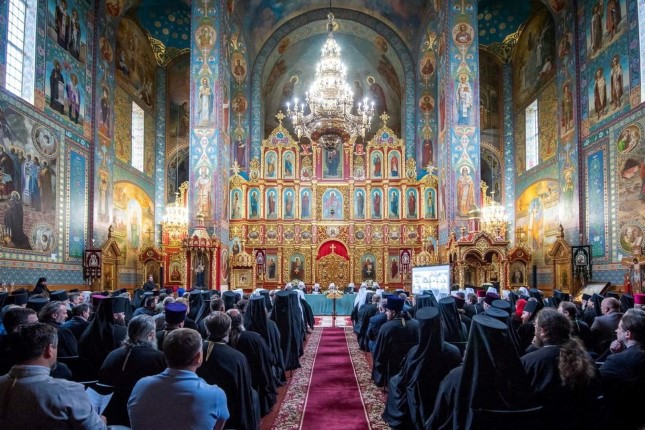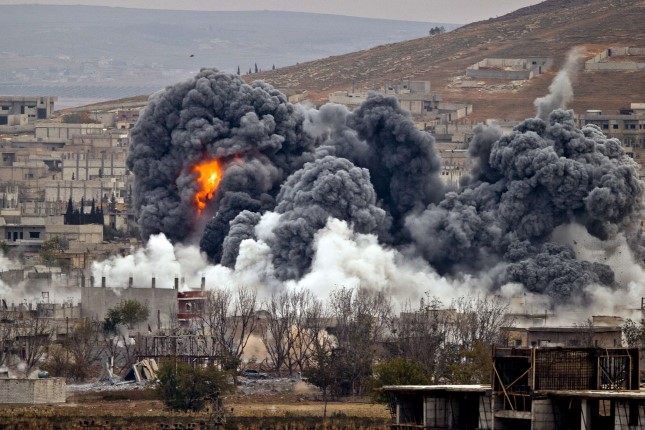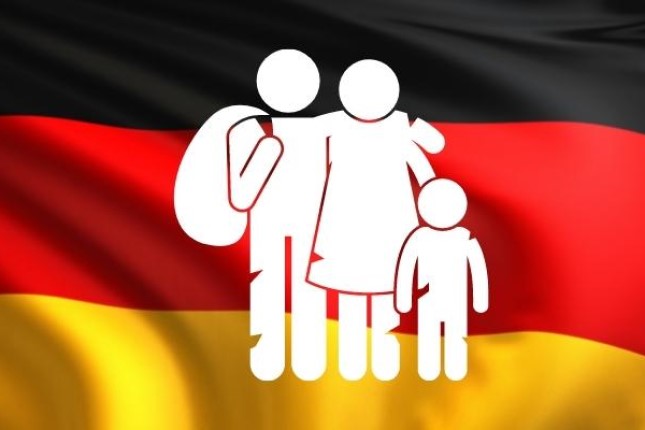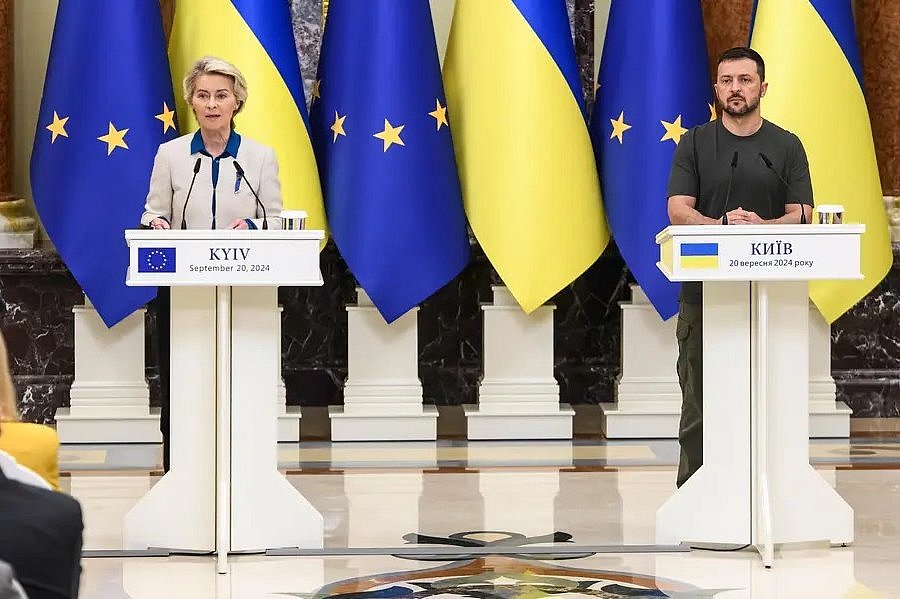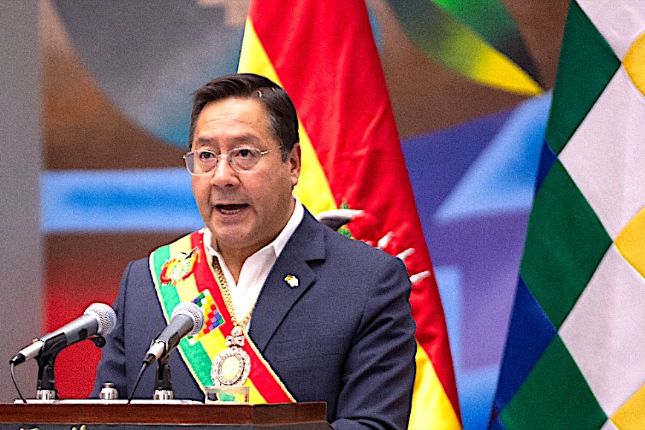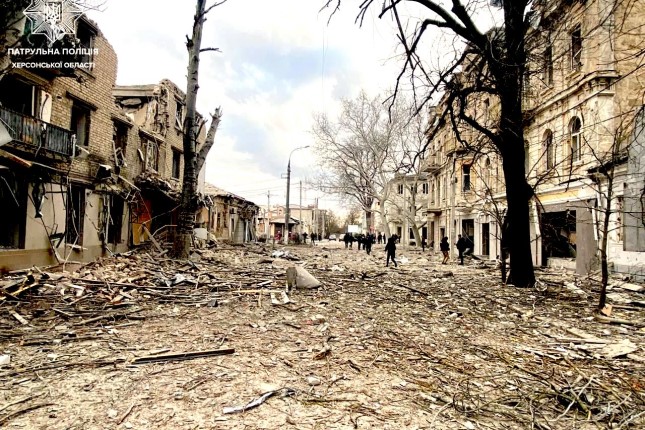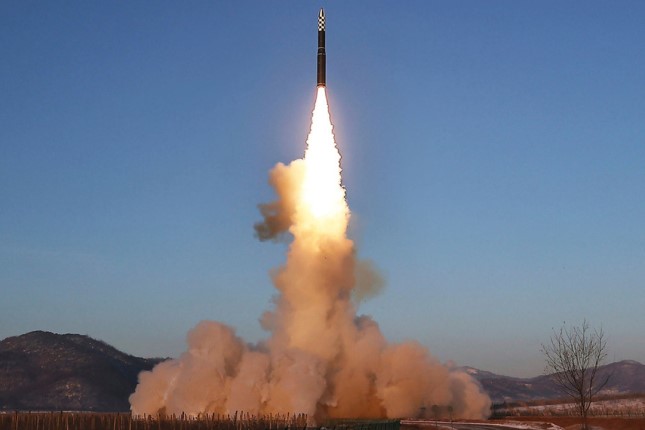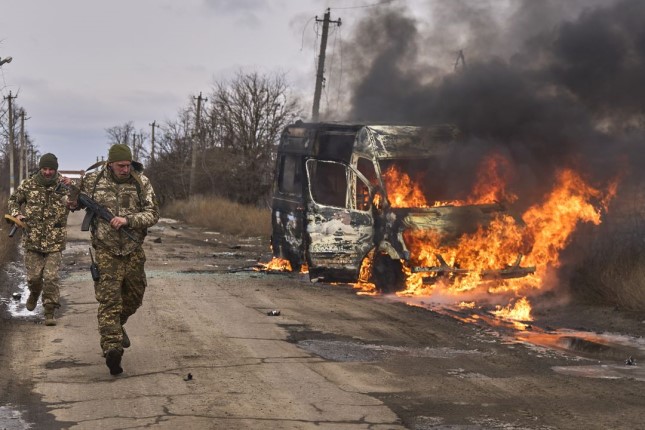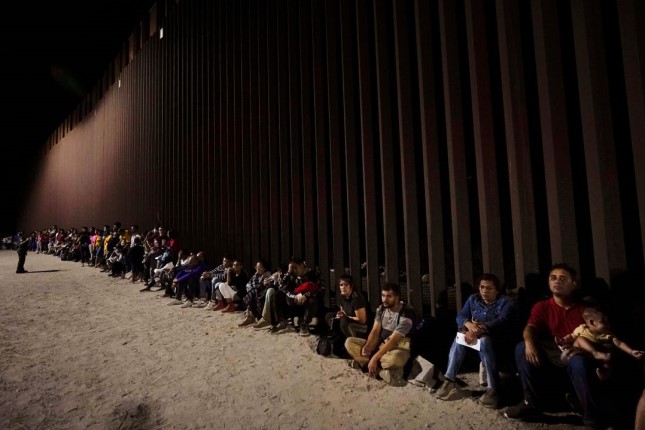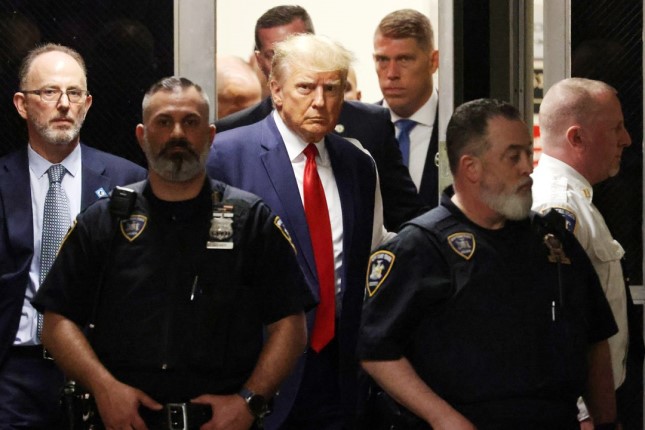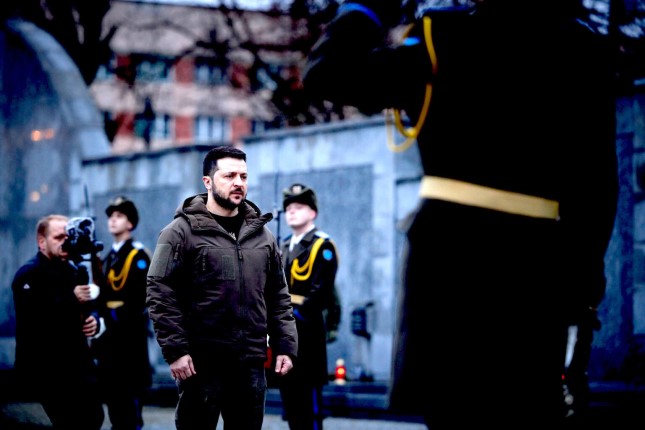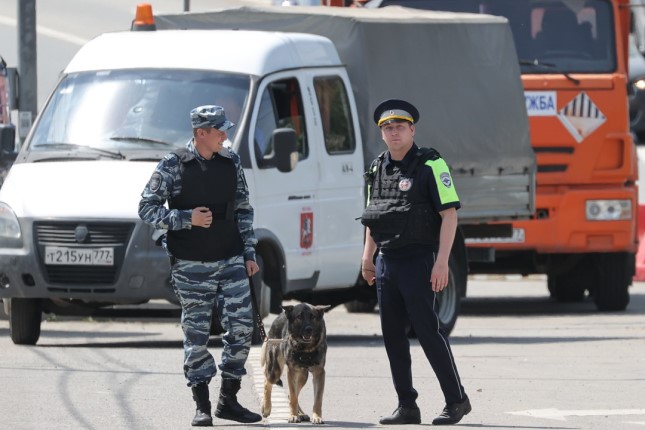From the very beginning of the war in Ukraine, its variability was striking. The daring bid of the Russian army was the creation of a bridgehead near Kyiv, the capture of Kherson, which was both an attempt to play the card of domestic political instability in Ukraine (a possible coup or an attempt to repeat the bloodless Crimean scenario), and an operation to divert forces from the main Donbas battle-ground.
The Russian command had a basic scenario that could have been pursued from the start, but that would have meant giving up on likely larger gains. Thus, the war became not just a military operation but an operation to reveal reality. To identify the real power balance and sentiments in Kyiv and Ukraine and to identify real, not imaginary supporters in Europe.
A year after, it is obvious that this main task of the war has been realised. Moscow's understanding of things is now totally clear from any illusions inherited from previous eras. Russia's relations with Europe and the rest of the world have become fully clarified, as well as the actual condition of the Russian army, economy and society.
The course of events can be conveniently divided into two periods: 1) exploratory attack to find out, through the military campaign in Ukraine, the real opportunities, as well as interests and determination level of the main actors; plus adjustment of the goals, and 2) the war itself, that is a transition to harsh, consistent achievement of the goals. Below is a list of the first period's ten landmarks and the conclusions they allow us to draw.
1. January. Unrest in Kazakhstan
An event that seems not to be directly related to the war in Ukraine, but which set the tone for the beginning of the year. Determining the context in which further events unfolded. The speed, decisiveness and effectiveness of Russia's actions turned out to be extremely high. Moscow has shown its ability not just to project power but to "export stability". Without a solution to the problem in Kazakhstan, the war in Ukraine would either be significantly hampered or even impossible.
2. February. Freezing reserves of the Central Bank of Russia
Just a few days after the war started, Europe made a decision to freeze the assets of the Bank of Russia. The amount of about USD 300 billion was arrested. Not only the speed with which such a large-scale decision was made is indicative, but also the fact that it was initiated by the Europeans, although Russia has traditionally considered the placement of reserves in European countries more reliable than in the United States. The head of the European Commission, Ursula von der Leyen, announced on the night of February 27 that the European Union and its partners decided to "paralyse" the assets of the Russian Central Bank. Today it is already clear that this decision will have fatal consequences for the international monetary system based on the dominance of European currencies and, above all, the dollar.
3. March. The failure of the UN General Assembly resolution "Aggression against Ukraine"
The resolution condemning Russia's actions was adopted by a majority vote, but not nearly as unanimously as its initiators expected. 35 states abstained from voting, including important ones like China, India, Iran, Pakistan, Kazakhstan, Iraq, South Africa, Sudan, Vietnam, Algeria, Angola, and others. The vote showed that any international isolation of Russia is out of the question, and the confrontation will develop exclusively along the Russia-West line with the friendly neutrality of most of the rest of the world.
4. March. First talks in Istanbul
At the end of March, Russia and Ukraine quite unexpectedly held negotiations that ended in large-scale agreements. After only three hours of negotiations, Russia agreed to drastically reduce military activity near Kyiv and Chernihiv. On the other hand, Ukraine agreed to a neutral and non-nuclear status of the country, backed by international guarantees, and the non-use of force against Crimea and "certain regions of the Donetsk and Lugansk regions." Such quick and large-scale agreements predictably did not lead to anything. Taking advantage of the occasion, Russia withdrew troops from areas with no military prospects. Ukraine, by completely abandoning the agreements, only worsened its negotiating position for the future.
5. April. Gas for rubles
On April 1, Russia began selling pipeline gas to unfriendly countries for rubles. The goal is to avoid blocking funds received for settlements. The scheme was a response to the blocking of foreign exchange reserves of the Bank of Russia by European countries. The unbridled optimism of the Europeans, who decided that Russia would continue to sell gas essentially free of charge (under the threat of arbitrary seizure of the proceeds under political pretext), turned out to be unfounded. At the same time, it became clear that it would not be possible to disrupt the supply of Russian pipeline gas to Europe solely by sanctions pressure.
6. April. Sinking of the warship Moskva
The flagship of the Russian Black Sea Fleet sank on April 14. According to the Ukrainian and European version, the Moskva was sunk by "at least" one missile from the Neptune anti-ship system. The loss of the Moskva dramatically reduced the ability of the Russian army to conduct offensive operations in the right-bank Black Sea regions of Ukraine. The loss of the Moskva finally made it obvious that the capabilities of the United States and NATO to conduct reconnaissance and combat control in the interests of the armed forces of Ukraine are very high, and in some areas (satellite reconnaissance, aviation radio reconnaissance and target designation) significantly exceed the capabilities of the Russian armed forces. And this changed the nature of the hostilities compared to the one demonstrated by the Russian side at the beginning of the operation, especially when they managed to use surprise effect.
7. May. Liberation of Mariupol
On May 20, the last 2,000 Ukrainian soldiers and fighters of the Azov national battalion laid down their arms on the territory of Azovstal. Thus the three-month battle for Mariupol ended. The battles for the city became the largest and most intense battle of the first year of the war. The town is of strategic importance for Donbas's supply and depth of the defense, as well as for providing a land corridor to Crimea. Its loss in 2014 was the most painful defeat for the Donbas rebels. The unprecedented media campaign in support of the release of the Azov fighters showed the degree of sympathy and support that Ukrainian neo-Nazi have in Europe. And it also confirmed that years of flirting with the nationalist Russophobic regimes in the Baltics are part of a consistent policy to rehabilitate Nazism in Europe.
8. June. The first uses of HIMARS
The first use by the Ukrainian side of the modern high-precision American High Mobility Artillery Rocket System HIMARS showed its high efficiency. The mobility and accuracy of HIMARS have seriously complicated the organisation of military logistics and the deployment of the Russian military contingent. And thus, it reduced the overall effectiveness of their actions, forcing them to change the usual patterns of organisation.
9. July. Grain Deal
The "grain deal" was signed in Istanbul, which provides for the creation of three security corridors for ships exporting Ukrainian grain. According to the Food and Agriculture Organization of the United Nations, in 2021, Russia and Ukraine accounted for about 30% of world wheat exports, 20% of corn and 55% of sunflower oil. Agricultural products from these two countries were the main source of food for the world's poorest inhabitants. It was the requests of the third-world countries that determined Russia's consent to the "grain deal", the package of which included the decision to restore the supply of Russian fertilisers to the world market. In 2020, Russia ranked first in the world in the supply of nitrogen fertilisers, second in the export of potash fertilisers, and third in the export of phosphate fertilisers. Promises to lift sanctions on Russian shipping engaged in the export of grain and fertilisers were not fulfilled: there were problems with insurance and maintenance of ships in ports, as well as payment for supplies.
10. August. Delivery of Iranian drones
Russia received hundreds of drones from Iran. In the following months, they were actively used to strike at military and energy infrastructure facilities. Perhaps this is the first case of such a massive supply of weapons to Russia from a country that previously could not classify itself as a leading weapons power. This testifies both to the growth of the military capabilities of the third-world countries (apart from Iran, Turkey is a vivid example), and to the new power balance in the Middle East. And, of course, about a fundamentally new level of relations between Russia and Iran, which are becoming the most important factor in the new geopolitical order.
